| Description: |
Pinostrobin, a potent flavonoid inducer, exerts a neuroprotective effect against Aβ(25-35)-induced neurotoxicity in PC12 cells, at least in part, via inhibiting oxidative damage and calcium overload, as well as suppressing the mitochondrial pathway of cellular apoptosis.
Pinostrobin has anti-inflammatory, anti-hemorrhagic and analgesic activity, it can inhibit HSV-1 replication with 50% effective concentration (EC(50)) of 22.71 ± 1.72 ug/ml.
|
| In vitro: |
| J Ethnopharmacol. 2014 Sep 29;155(3):1609-15. | | Inhibition of the toxic effects of Bothrops asper venom by pinostrobin, a flavanone isolated from Renealmia alpinia (Rottb.) MAAS.[Pubmed: 25138354] | Renealmia alpinia has been traditionally used to treat snakebites by indigenous Embera-Katíos tribes belonging to the regions of Antioquia and Chocó, Colombia, and it has been shown to inhibit the enzymatic and biological activities of Bothrops venoms and their purified phospholipase A2 (PLA2) toxins. In addition to its common local usage against snakebites, Renealmia alpinia is commonly used to treat pain. To evaluate the inhibitory ability of Pinostrobin, the main compound in the dichloromethane extract of Renealmia alpinia, on the toxic effects of Bothrops asper venom through in vitro and in vivo models and to evaluate its activity against pain and edema.
METHODS AND RESULTS:
Pinostrobin was isolated from the dichloromethane extract of Renealmia alpinia leaves. The protective properties of the extract and of Pinostrobin against the indirect hemolytic, coagulant and proteolytic effects of Bothrops asper venom were evaluated in vitro, and the anti-hemorrhagic and anti-inflammatory activity were evaluated in vivo.
Renealmia alpinia extract significantly inhibited the proteolytic activity and indirect hemolytic activity of Bothrops asper venom at a venom:extract ratio of 1:20. Moreover, the present data demonstrate that Pinostrobin may mitigate some venom-induced local tissue damage due to hemorrhagic effects, and the compound is also responsible for the analgesic and anti-inflammatory activity of the extract from Renealmia alpinia. This is the first report to describe Pinostrobin in the species Renealmia alpinia and its properties in vitro against Bothrops asper venom.
CONCLUSIONS:
Our studies of the activity of Renealmia alpinia against the venom of Bothrops asper have confirmed that this species possesses inhibitory effects against Bothrops asper venom in both in vitro and in vivo models and that these effects may be due to Pinostrobin, supporting the traditional usage of the plant. Additionally, Pinostrobin may be responsible for the anti-hemorrhagic and analgesic activity (peripheral analgesic activity) of Renealmia alpinia. | | Cell Mol Neurobiol. 2012 Nov;32(8):1223-30. | | Protective effects of pinostrobin on β-amyloid-induced neurotoxicity in PC12 cells.[Pubmed: 22565301] | Pinostrobin, a potent flavonoid inducer, is the major and most active ingredient of Folium cajani. The present study aimed to investigate whether Pinostrobin could provide protective effect against Aβ(25-35)-induced neurotoxicity in cultured rat pheochromocytoma (PC12) cells.
METHODS AND RESULTS:
The PC12 cells were pretreated with different concentrations of Pinostrobin for 2 h, followed by the challenge with 20 μM Aβ(25-35) for 24 h. The results showed that pretreatment with Pinostrobin significantly elevated cell viability, decreased the lactate dehydrogenase activity, the levels of intracellular reactive oxygen species and calcium, and mitochondrial membrane potential in Aβ(25-35)-treated PC12 cells. In addition, Pinostrobin significantly suppressed the formation of DNA fragmentation and increased the ratio of Bcl-2/Bax.
CONCLUSIONS:
These results indicate that Pinostrobin was able to exert a neuroprotective effect against Aβ(25-35)-induced neurotoxicity in PC12 cells, at least in part, via inhibiting oxidative damage and calcium overload, as well as suppressing the mitochondrial pathway of cellular apoptosis. | | Phytomedicine. 2011 Jan 15;18(2-3):110-8. | | Activity investigation of pinostrobin towards herpes simplex virus-1 as determined by atomic force microscopy.[Pubmed: 20739162] | In the present study, the antiviral activity of Pinostrobin towards herpes simplex virus-1 (HSV-1) was investigated by MTT assay and atomic force microscopy.
METHODS AND RESULTS:
Pinostrobin can inhibit HSV-1 replication with 50% effective concentration (EC(50)) of 22.71 ± 1.72 μg/ml. MTT assay showed HSV-1 was significantly inhibited when pretreated with Pinostrobin, with the inhibition of 85.69 ± 2.59%. Significant changes in morphology and size of HSV-1 were observed by atomic force microscopy (AFM) in response to Pinostrobin treatment. AFM topography and phase images showed that with increasing time, the envelope was shedded and damaged, finally leading to virus inactivation. With increasing concentration, Pinostrobin caused a gradual leakage, also contributing to breakage of the envelope and virus inactivation. Treatment effect of oral Pinostrobin in vivo showed that Pinostrobin (50mg/kg/dose) possesses definite therapeutical effect in the development of lesion score.
CONCLUSIONS:
In general, the results showed that AFM represents a powerful technique for the investigation of morphology and size of HSV-1 treated by antiviral agents. AFM is applicable to study chemically induced morphological changes at the nanometer level. |
|


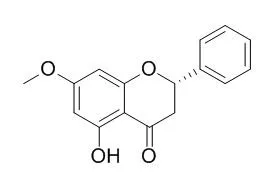

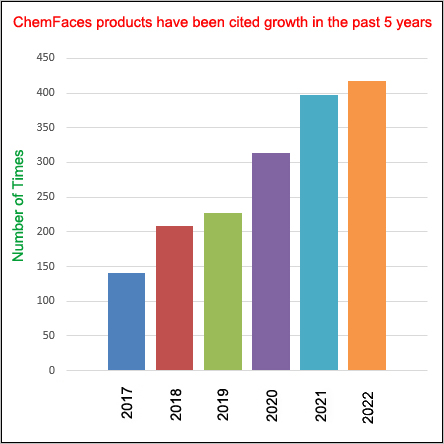
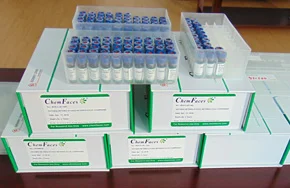
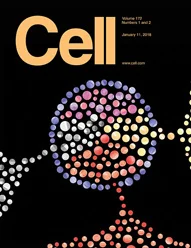 Cell. 2018 Jan 11;172(1-2):249-261.e12. doi: 10.1016/j.cell.2017.12.019.IF=36.216(2019)
Cell. 2018 Jan 11;172(1-2):249-261.e12. doi: 10.1016/j.cell.2017.12.019.IF=36.216(2019)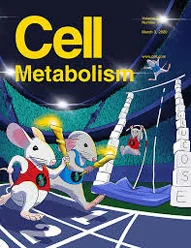 Cell Metab. 2020 Mar 3;31(3):534-548.e5. doi: 10.1016/j.cmet.2020.01.002.IF=22.415(2019)
Cell Metab. 2020 Mar 3;31(3):534-548.e5. doi: 10.1016/j.cmet.2020.01.002.IF=22.415(2019)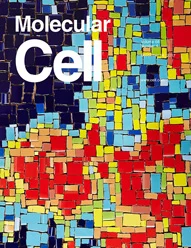 Mol Cell. 2017 Nov 16;68(4):673-685.e6. doi: 10.1016/j.molcel.2017.10.022.IF=14.548(2019)
Mol Cell. 2017 Nov 16;68(4):673-685.e6. doi: 10.1016/j.molcel.2017.10.022.IF=14.548(2019)